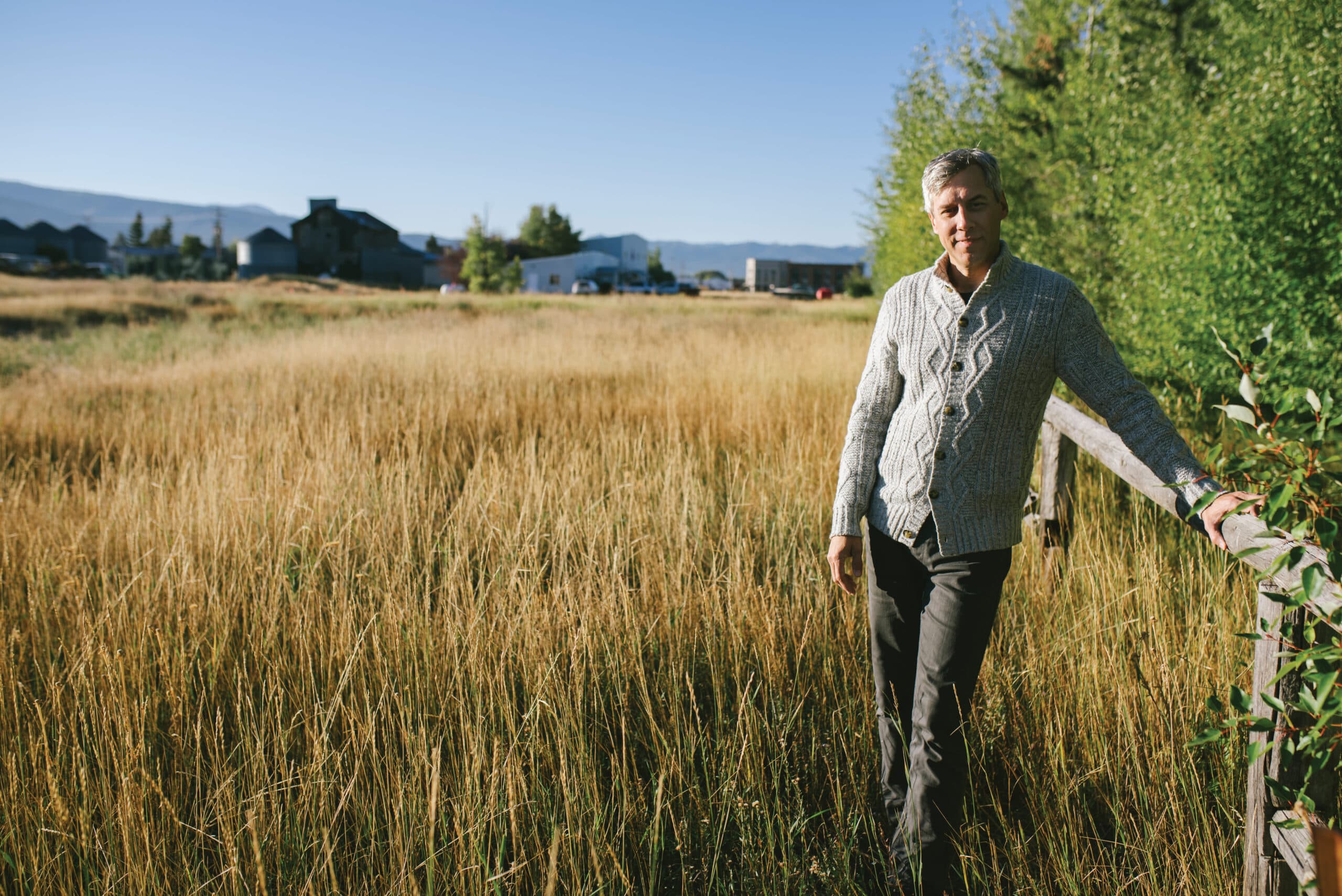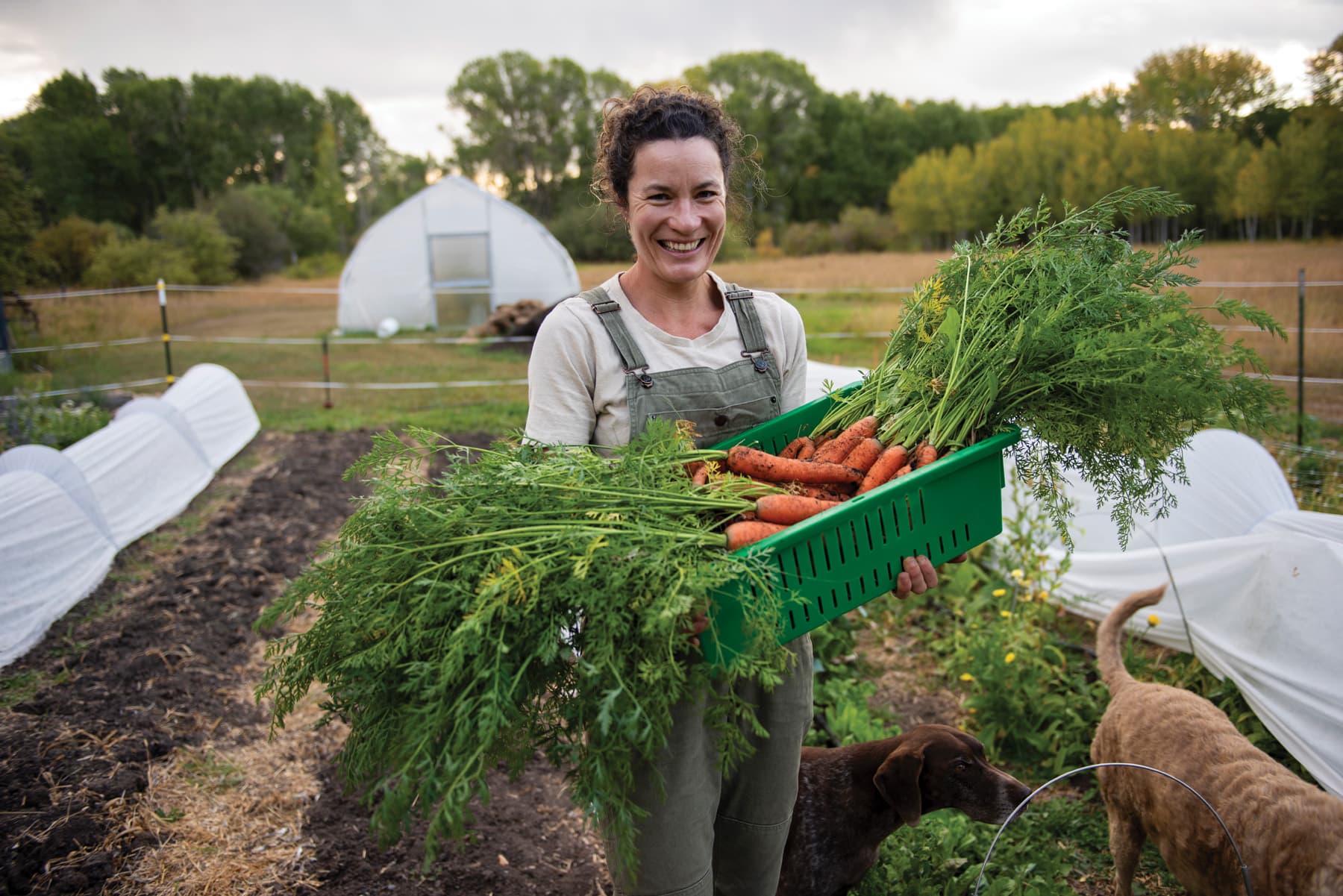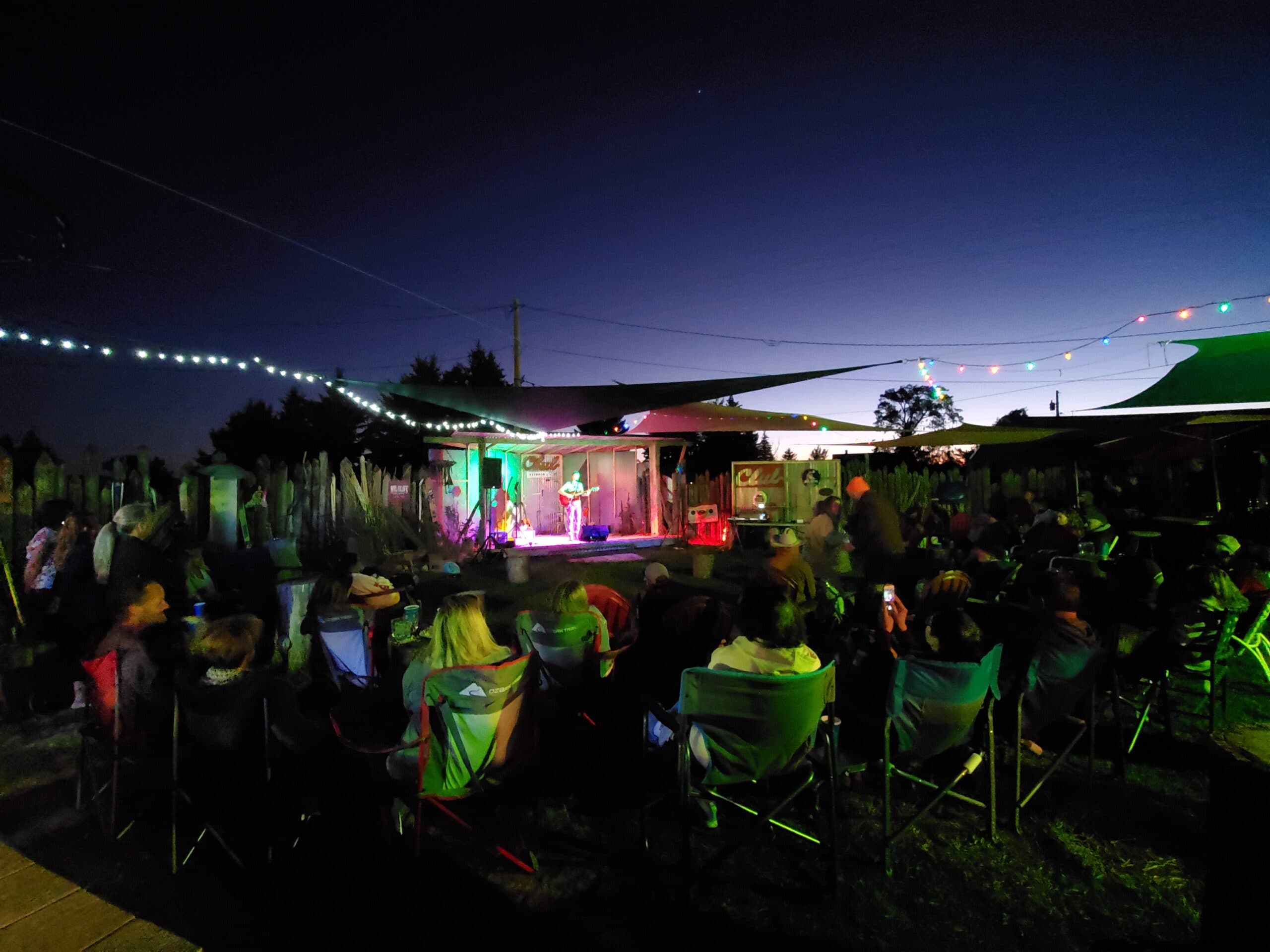Teton Valley Community Recycling
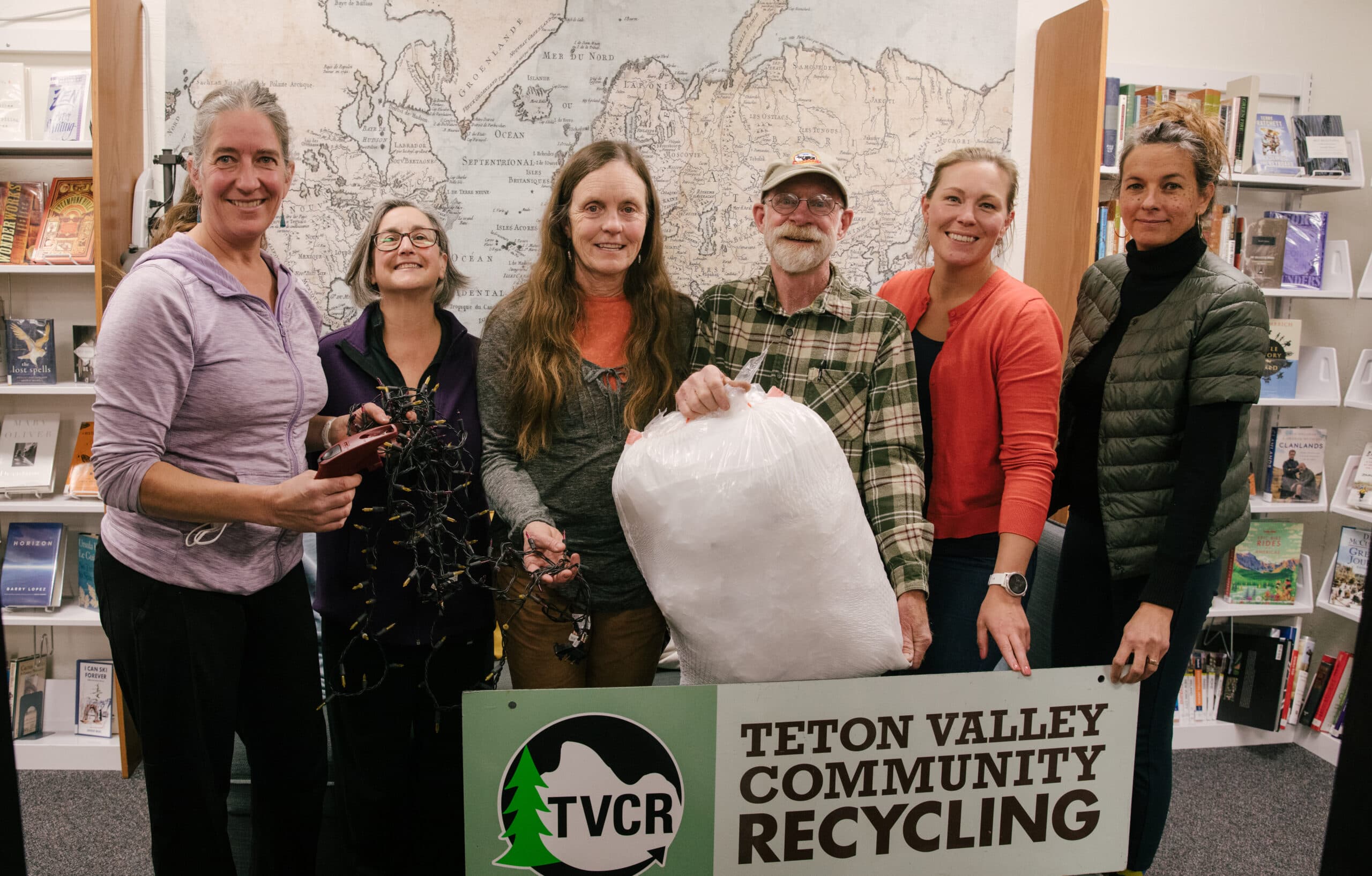
Putting the power of waste reduction into your hands
Let’s be honest, sometimes ‘Reduce, Reuse, and Recycle’ can feel just a little bit out of reach in the trenches of everyday life. School, work, laundry… rinse and repeat.
And while our recycling bins can only take us so far in the quest for greener living, it’s in the space between industrial waste reduction and milling your own soap that Teton Valley Community Recycling (TVCR) has created accessible and real means to pursue greener pastures, even as you race between soccer practice drop-offs and dentist appointments.
Now celebrating its twenty-fifth year as a Teton Valley nonprofit, TVCR has remained flexible, bending and shifting with our own attitudes toward waste management in this remote Rocky Mountain outpost. Over the years they’ve gotten down and dirty with some of the best in the business, including Teton County, Idaho Solid Waste and RAD Curbside.
But perhaps TVCR’s most powerful partnerships are those forged with everyday citizens like you and me.
The programs have run the recycling gamut, from providing us with outlets to recycle our toothbrushes, contact lenses, burned out Christmas lights, and used batteries to collecting fly-away plastic pieces that avoided the trash bins and instead were transformed into public benches. TVCR took a new step last summer and secured a grant that would be a first toward reimagining and reducing the largest contributor to our solid waste stream: food waste.
With the support of a grant from the Idaho Department of Environmental Quality, TVCR passed out five hundred wire compost bins with the promise of supporting new “composters” with the educational know-how to be successful. Armed with facts that on average each American throws out close to three hundred pounds of food every year and that composting is an almost effort-free means of reducing that waste, the bins were quickly scooped up by willing and curious community members.
“It was definitely intimidating to me at first,” says Driggs resident Chelsea Baum, who dove into the world of composting with TVCR’s program. “From the very beginning, the staff at TVCR said, ‘Keep it simple. Green waste doesn’t have to be complicated.’”
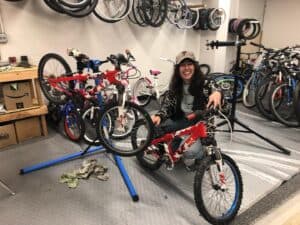
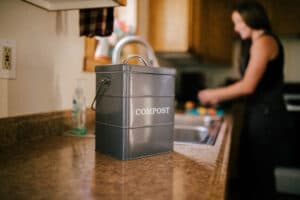
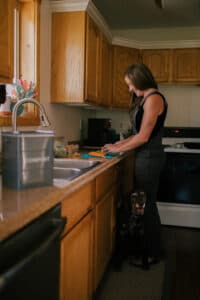
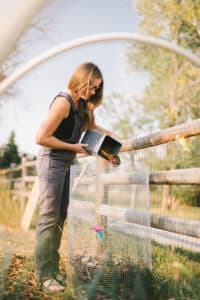
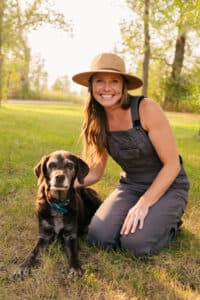
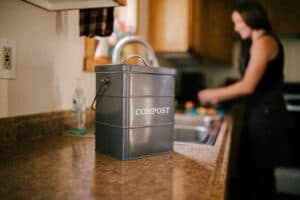
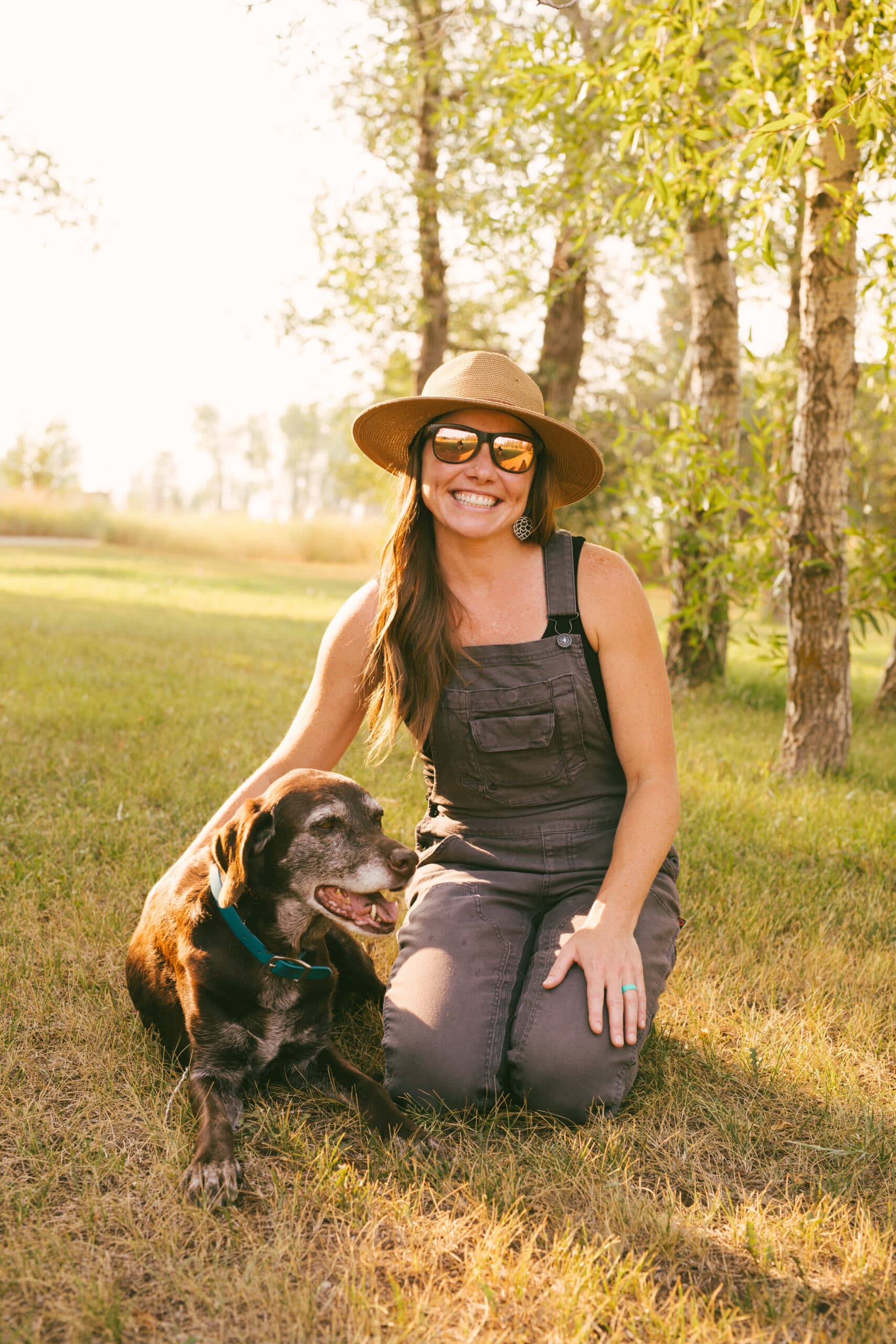
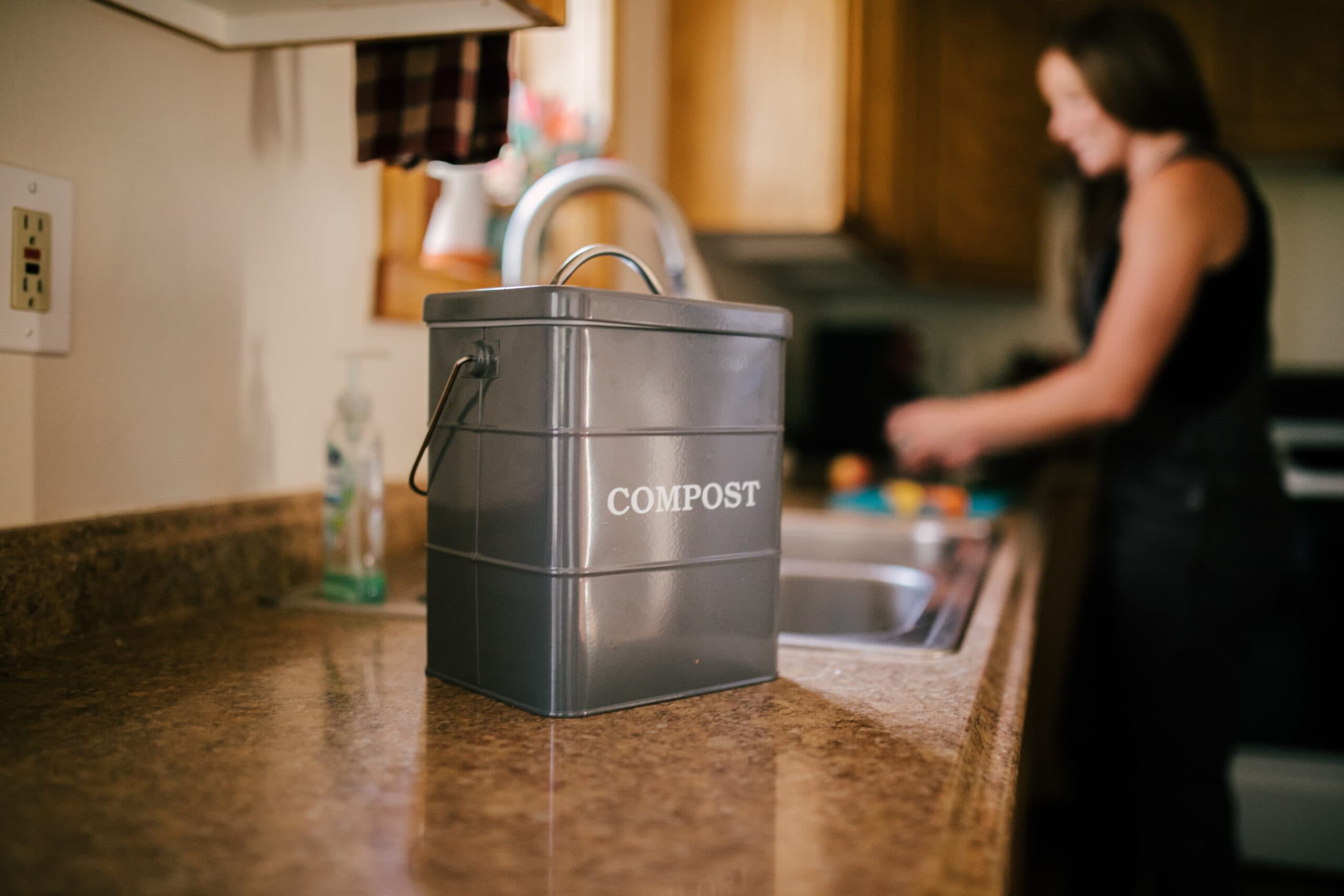


And that’s a critical first step in reducing your overall eco-footprint, says Iris Saxer, former TVCR executive director. “As an organization, we looked at the people we wanted to reach,” she says of her five years at the helm of the organization. “There are people who already understand why [waste reduction and recycling] is important, but there are so many who think this is too hard, too time consuming, or too out of reach to incorporate into everyday life. Those are the people we want to reach.
“And we wanted to demystify composting,” Iris continues. “We weren’t aiming for gardeners and green thumbs. We wanted the average Joe to look at his trash and ask himself how he can cut his garbage bill in half.”
Chelsea is a long-time recycler, but a first-time composter. She took TVCR up on their challenge that anyone can compost and reduce waste.
“It doesn’t have to be as complicated as people may think it is,” she says. “When I took my shovel out and turned the mix, I could see the composting happening. It was all very simple. I reduced my trash by half over the summer. If you can reduce your waste by just a tiny amount, I think it’s worth it. It means something and it feels good to know that you are doing something good for the environment.”
Iris says that while waste is diverted from the landfill with projects such as the composting initiative, it’s the philosophical changes we make as consumers that have lasting effects. She explains that, when people start separating their trash—whether it’s plastics, food, or even batteries—they start to become more aware of what kind of waste they are producing. Habits can change, as they did for the Baum household.
“It was good for me to recognize what kind of food waste I was producing,” Chelsea says. “I started thinking, I could buy fruit and vegetables that weren’t in a container or a bag. Or, I can buy vegetables that weren’t pre-cut, like a head of lettuce. I can cut up the lettuce myself and compost the stems and pieces I’m not going to use. Composting helped me wrap my head around what I was buying and how much I was using.”
Iris acknowledges that the size of the organization caps how much the group can accomplish as a single entity. With a seven-member volunteer board and one part-time staffer, TVCR has leveraged its mission through partnerships with other organizations, businesses, and individual members such as Chelsea. By working to peel back the mystery of how to reduce and recycle through the steady hum of daily demands, TVCR has made it possible for our community to create smaller impacts not only on the environment, but also our pocketbooks.
Consider TVCR’s work with the nonprofit Teton Valley Foundation, which in 2017 began replacing plastic cups used at the popular Victor summer concert series Music on Main with reusable cups. Since the switch, the program has diverted around 15,000 plastic cups from the landfill each summer, or six hundred pounds of plastic waste.
Working with community members and students in local schools, the Bags to Benches program sponsored through the national company NexTrex has recycled 2,600 pounds of plastic waste in Teton County, Idaho, since its inception in March 2020. This is plastic that cannot be recycled at the local transfer station and includes plastic film, bread bags, and sandwich bags.
Through partnerships with MD Nursery in Driggs, retired Halloween pumpkins and used Christmas trees have found their final resting places. (Read about another way to recycle your holiday decor by means of hungry goats on page 48.). Used bikes have been resurrected through the Pierre’s Pedal Project, a program that salvages and repairs used bikes. And most recently, TVCR has worked to replace styrofoam containers with reusable food containers used for Seniors West of the Tetons’ home-delivered meals program.
With every step, every plastic cup, battery, and toothbrush, Teton Valley Community Recycling continues to recruit its most vital partners to Reduce, Reuse, and Recycle, and more.
“Just start out easy and see how that goes,” Chelsea says.
Learn more about Teton Valley Com-
munity Recycling and programming at tetonrecycling.org. (At the time of publication, TVCR announced Angela Saggiomo was stepping into the executive director role. Iris will continue her work as a part-time volunteer.)



